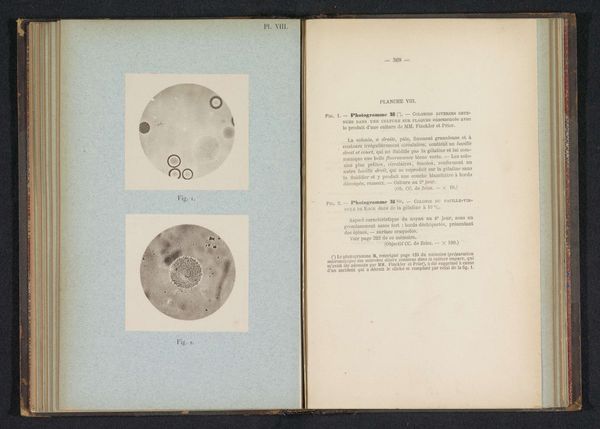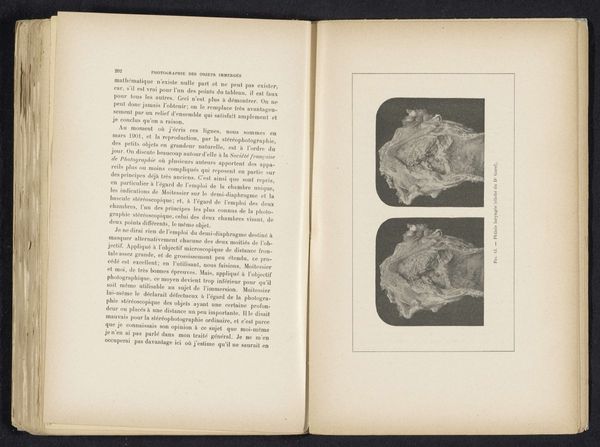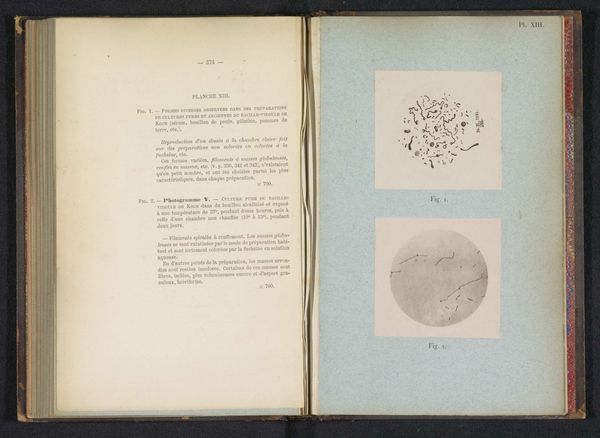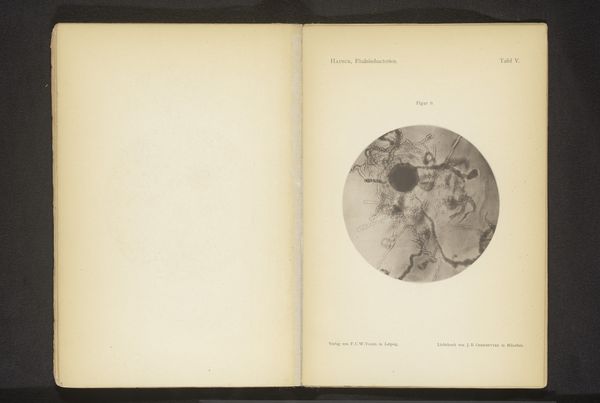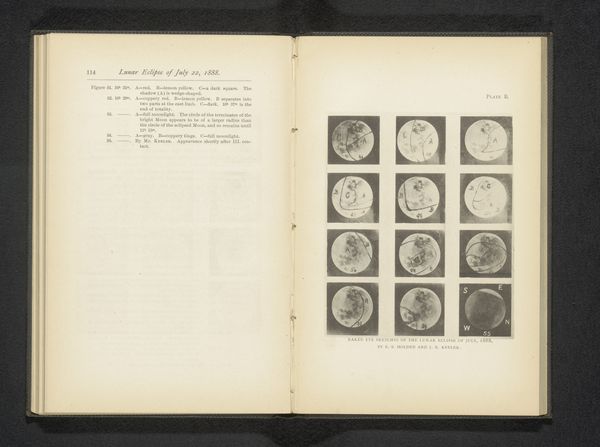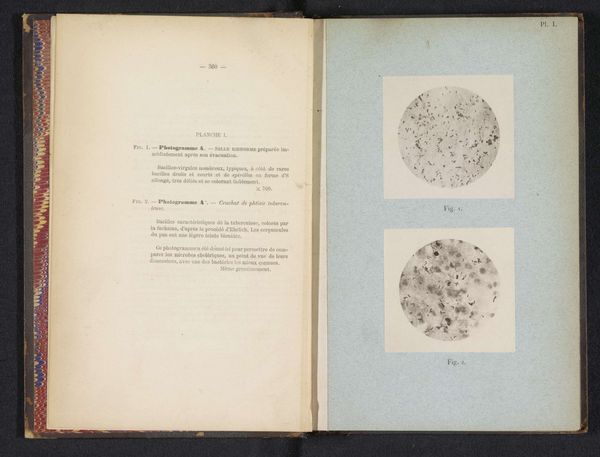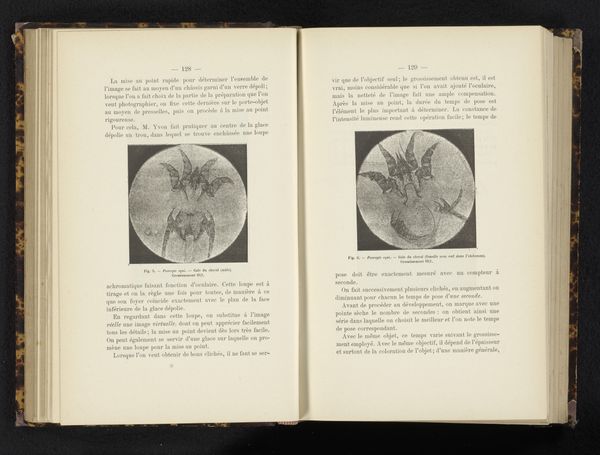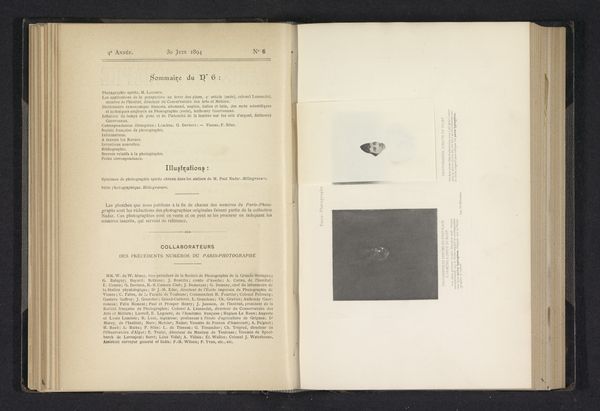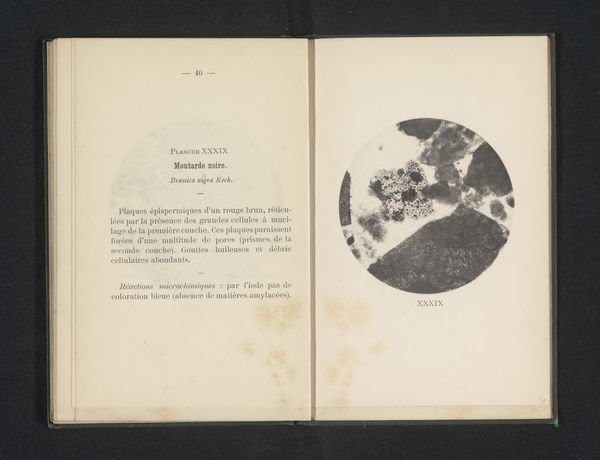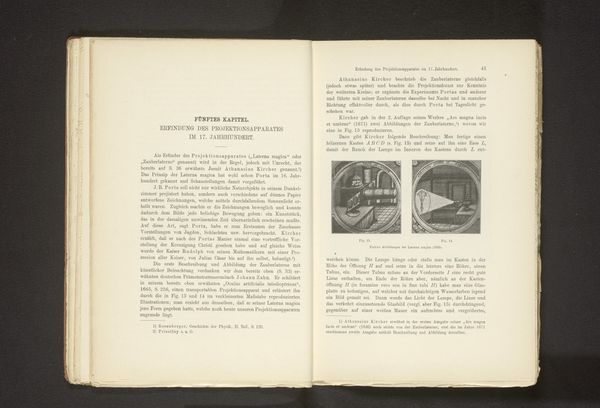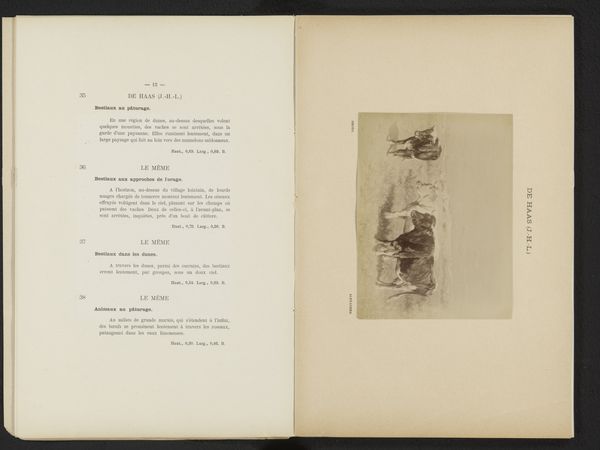
#
aged paper
#
hand drawn type
#
personal sketchbook
#
fading type
#
coloured pencil
#
thick font
#
watercolour illustration
#
sketchbook art
#
watercolor
#
historical font
Dimensions: height 244 mm, width 150 mm
Copyright: Rijks Museum: Open Domain
Editor: Here we have "Twee microscoopopnamen van cholera," or "Two Microscopic Images of Cholera," created before 1885 by Émile van Ermengem. The medium appears to be watercolour on paper, a personal sketchbook. I'm immediately struck by the combination of scientific precision and artistic rendering. What can you tell me about this work? Curator: Considering the cholera images, it is compelling to analyze the production and materiality of knowledge itself. Here we see scientific observation mediated through watercolor, raising questions about the subjective hand in supposedly objective representations. Think about the labor involved in creating these images, both the scientist cultivating and preparing the cholera samples, and the artist meticulously documenting them. Editor: That's fascinating. It makes me wonder about the intended audience. Was this meant for scientific dissemination, or perhaps for a more general educated public? Curator: Exactly! Consider how this sketchbook itself functions as a commodity, its pages, pigments, and binding reflecting specific socio-economic contexts. The act of publishing and distributing such an artwork, even for scientific purposes, partakes in broader systems of exchange and consumption. And remember, watercolor illustrations like these predate readily available photography. So, they become a unique form of knowledge production tied to specific manual skills and materials. Editor: So the limitations of technology shaped the medium chosen, and thus how widely accessible this information was. It makes me realize how labor-intensive scientific illustration used to be. Curator: Precisely. It wasn't just about what was depicted, but *how* it was depicted. Each brushstroke, each pigment choice embodies a series of decisions informed by the available tools, skills, and social contexts. This perspective shifts our attention from pure representation to the processes and material conditions that enable and constrain artistic, scientific, and medical understanding. Editor: This discussion really changed how I look at this work. It's more than just a scientific image; it's a record of labor and technological capabilities from another time. Curator: Indeed. Paying attention to the material processes of art encourages us to examine what lay underneath artistic choices, how those choices impact how the world is consumed, one person at a time.
Comments
No comments
Be the first to comment and join the conversation on the ultimate creative platform.
